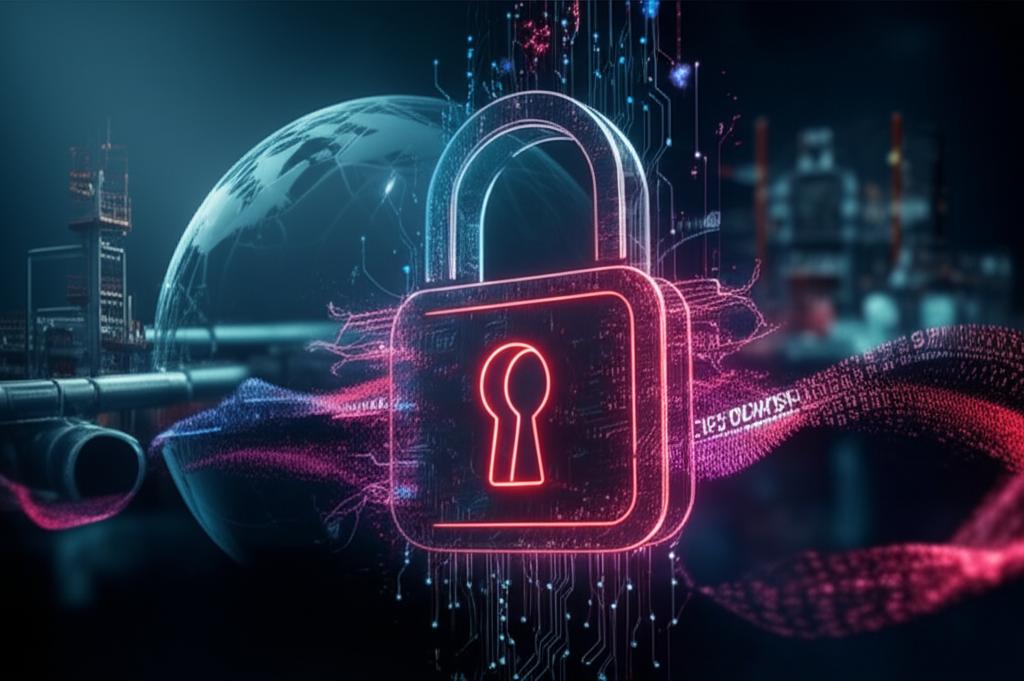DarkSide Ransomware Group Explained
The name DarkSide became synonymous with sophisticated cyber extortion following a series of high-profile attacks, most notably the Colonial Pipeline incident in 2021. This group exemplified the evolving threat landscape of ransomware-as-a-service (RaaS) operations, demonstrating how a well-organized cybercriminal entity could disrupt critical infrastructure and extract significant ransoms.
What Was the DarkSide Ransomware Group?
DarkSide was a highly organized cybercriminal group that emerged in mid-2020. Operating with a business-like efficiency, they specialized in deploying ransomware to encrypt victims’ data and extort payments, often coupled with data exfiltration (double extortion) to increase pressure. They presented themselves as “apolitical” criminals solely motivated by profit, claiming to avoid targets like hospitals, schools, or government agencies, though this claim was often questionable in practice.
Key Characteristics and Modus Operandi
- Ransomware-as-a-Service (RaaS): DarkSide operated a RaaS model, developing the ransomware code and infrastructure, then leasing it to affiliates (partners) who would carry out the actual attacks. DarkSide would take a percentage of the ransom payments (typically 10-25%).
- Double Extortion: In addition to encrypting data, DarkSide affiliates would often steal sensitive information from victims’ networks before encryption. They would then threaten to publish this data on their leak site if the ransom wasn’t paid.
- Professionalism: The group maintained a professional appearance, offering customer support to victims for decryption, providing decryption keys, and even a “press center” on the dark web. They aimed to build a reputation as reliable extortionists.
- Targeting: While claiming ethical boundaries, DarkSide primarily targeted large organizations capable of paying substantial ransoms, often in critical sectors.
- Custom Ransomware: Their ransomware was sophisticated, often customized for specific victims, and designed to evade detection.
The Colonial Pipeline Attack and Its Aftermath
The DarkSide group gained international notoriety in May 2021 when its affiliates launched a ransomware attack against Colonial Pipeline, a major fuel pipeline operator in the United States. This attack forced the shutdown of operational technology systems, disrupting fuel supplies across the Southeastern U.S. and leading to widespread panic buying and gasoline shortages. The incident highlighted the severe vulnerability of critical infrastructure to cyberattacks and prompted an immediate federal response.
Colonial Pipeline ultimately paid a ransom of approximately $4.4 million in Bitcoin. However, the U.S. Department of Justice later announced the recovery of a significant portion of the ransom (around $2.3 million) through law enforcement efforts, marking a rare success in tracing and seizing cryptocurrency from cybercriminals.
DarkSide’s Demise and Legacy
Following the intense scrutiny and pressure from global law enforcement and intelligence agencies after the Colonial Pipeline attack, DarkSide abruptly announced its shutdown in May 2021. They claimed to have lost access to their servers and funds due to pressure, and their dark web infrastructure became inaccessible. While the specific details of their demise remain somewhat shrouded, it demonstrated that even highly sophisticated ransomware groups are not immune to concerted international efforts.
Despite their apparent disappearance, the techniques and tools pioneered by DarkSide, particularly the RaaS model and double extortion, continue to be adopted and evolved by other ransomware groups, such as the REvil (Sodinokibi) and BlackMatter groups, which are believed to have some operational ties or members that originated from DarkSide.
Protecting Against Ransomware Threats
Organizations and individuals must remain vigilant against evolving ransomware threats. Key protective measures include:
- Robust Backup Strategy: Regularly back up all critical data, ensuring backups are immutable, isolated, and tested for recovery.
- Multi-Factor Authentication (MFA): Implement MFA across all systems and services to prevent unauthorized access.
- Patch Management: Keep all operating systems, software, and applications updated with the latest security patches to close known vulnerabilities.
- Endpoint Detection and Response (EDR): Utilize EDR solutions to monitor for malicious activity on endpoints.
- Network Segmentation: Segment networks to limit the lateral movement of attackers within an environment.
- Employee Training: Educate employees about phishing, social engineering, and safe cybersecurity practices.
- Incident Response Plan: Develop and regularly test an incident response plan to minimize downtime and damage in case of an attack.
Conclusion
The DarkSide ransomware group left an indelible mark on the cybersecurity landscape, exposing critical vulnerabilities and demonstrating the serious economic and societal impact of sophisticated cybercrime. While the group may be gone, its legacy lives on through the continued evolution of ransomware-as-a-service models and the persistent threat to organizations worldwide. Understanding their methods is crucial for developing effective defenses against future attacks.







